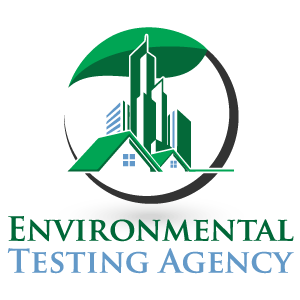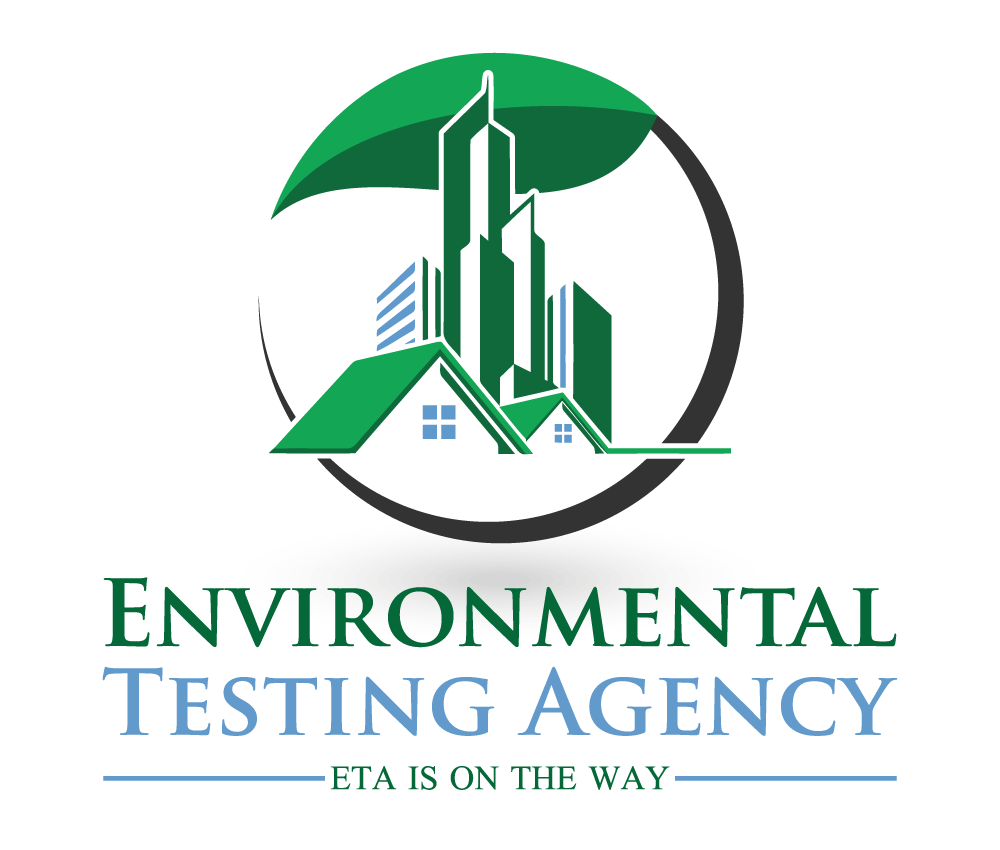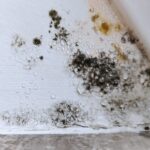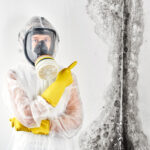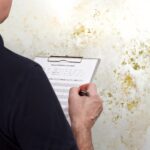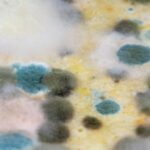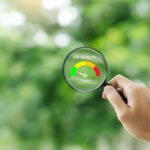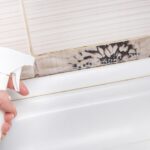What Is Mold? Types, Health Risks, Symptoms & Prevention
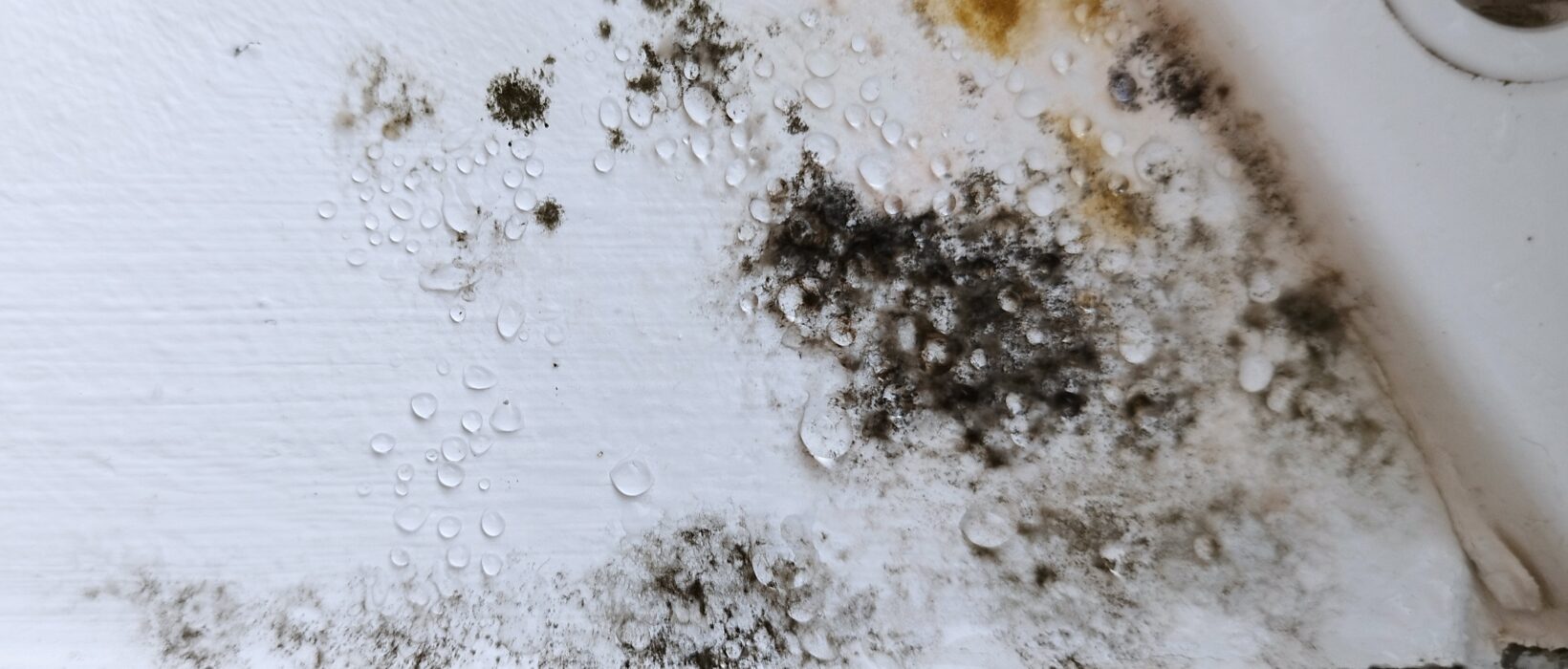
If you’ve ever wondered what is mold and why it matters, you’re not alone. Mold is a type of fungus that exists all around us, in the air, on plants, in soil, and often inside our homes. Understanding what mold is helps us recognize the risks it poses and how to keep it from damaging our health or property.
Mold grows in tiny spores that float through the air invisibly. When these spores land on a damp surface with the right temperature and nutrients, they begin to grow and multiply. Mold can look fuzzy or slimy and come in many colors, including green, black, white, or even orange.
While mold is a natural part of the environment, indoors it can cause problems like allergies, respiratory issues, and damage to walls, furniture, and other materials. That’s why knowing what mold is and how it behaves is important for maintaining a safe and healthy living space.
Introduction To Mold
Mold is a living organism that belongs to the fungi family. Unlike plants, mold does not need sunlight to survive. Instead, it thrives in damp, warm, and dark places. You’ll often find mold in areas where moisture is common, such as bathrooms, basements, kitchens, and around leaks.
In nature, mold has a useful purpose, it helps recycle nutrients by breaking down dead leaves, wood, and other organic matter. However, when mold grows inside homes or buildings, it can cause unpleasant odors, damage surfaces, and pose health risks.
Mold reproduces by releasing tiny spores into the air. These spores are so small they cannot be seen without a microscope. When spores land on moist surfaces, they can start growing mold colonies if conditions are favorable.
What Mold Looks Like
Mold can come in many colors, such as black, green, white, blue, or even orange. It often appears as fuzzy or slimy patches on surfaces. The texture can vary from powdery to velvety depending on the type.
Mold feeds on materials that contain organic matter, like wood, paper, fabrics, and some types of paint or glue. It needs moisture to grow, so dampness is often the key to mold problems.
Once mold begins growing, it spreads quickly, sometimes within just a day or two, especially when moisture and warmth are present. This fast growth is why fixing leaks and reducing humidity are important steps to control mold.

Common Types of Mold Found Indoors
Mold comes in different colors and species, and some types are more common inside homes and buildings. Here are a few of the most frequently found molds, along with their typical colors:
- Green Mold (Cladosporium): This mold often appears green or olive and can grow on wood, carpets, and fabrics. It’s common both indoors and outdoors and can trigger allergic reactions in some people.
- Black Mold (Stachybotrys chartarum): Known for its dark black or greenish-black color, this mold grows on wet materials like drywall, paper, or wood that have been exposed to moisture for a long time. It is sometimes called toxic mold because it can produce harmful chemicals called mycotoxins.
- Pink Mold (Serratia marcescens): Although technically a bacteria rather than a mold, pink mold is often grouped with molds because of its appearance. It shows up as pink or reddish stains, commonly found in bathrooms, sinks, or around shower corners.
- White Mold (Penicillium and Aspergillus species): These molds can look white or light-colored and are often found on damp building materials, food, or dust. Some species produce allergens and irritants.
- Blue-Green Mold (Penicillium): This mold grows on food like bread and fruit and can also appear on water-damaged walls. It has a characteristic blue-green color and spreads quickly.
Each type of mold has its own preferred environment, but they all need moisture and organic material to grow. Recognizing the color and type of mold can help in deciding the best way to deal with it.
How Does Mold Grow?
Mold begins its life cycle as tiny spores that float through the air all around us. These spores are invisible to the naked eye but can quickly settle on surfaces. When a spore lands on a surface with the right conditions, mainly moisture and food, it starts to grow.
The spore absorbs water and begins to develop thread-like structures called hyphae. These hyphae spread out and form a network called mycelium, which is the visible part of the mold colony. As the colony grows, it produces more spores to spread further.
Under ideal conditions, mold can start growing within 24 to 48 hours after spores land on a damp surface. That’s why moisture control is key to preventing mold growth.
Conditions That Promote Mold Growth
Mold needs a few specific things to thrive:
- Moisture: This is the most important factor. Mold cannot grow without water or high humidity. Even small amounts of moisture, like condensation or leaks, are enough for mold to take hold.
- Warmth: Mold grows best in temperatures between 60°F and 80°F (15°C to 27°C), but some types can grow in cooler or warmer environments.
- Food Source: Mold feeds on organic materials such as wood, paper, fabric, dust, and even some types of paint or glue.
- Poor Ventilation: Without good airflow, moisture can build up and create ideal conditions for mold.
Homes with plumbing leaks, roof damage, or high humidity are especially at risk. Controlling these factors helps keep mold away.
Where Does Mold Commonly Appear?
Mold can grow almost anywhere inside a building if moisture is present. Some of the most common places include:
- Bathrooms and kitchens, especially around sinks, tubs, and toilets
- Basements and crawl spaces, which are often damp and poorly ventilated
- Around windows where condensation collects
- Near leaking roofs, pipes, or walls
- Inside air conditioning units and HVAC ducts
- On carpets, upholstery, and fabrics that have been wet
Since mold can grow hidden behind walls or under floors, sometimes the first signs are musty odors or allergy symptoms.
Health Risks Associated with Mold Exposure
Exposure to mold can affect people differently depending on their sensitivity and the type of mold present. For many, mold spores may cause mild allergic reactions such as:
- Sneezing
- Runny or stuffy nose
- Itchy or watery eyes
- Skin rashes
- Coughing or wheezing
For people with asthma, allergies, or weakened immune systems, mold exposure can lead to more serious health issues like difficulty breathing or infections.
Some molds, like black mold (Stachybotrys chartarum), produce toxic substances called mycotoxins that may cause irritation or illness, though research is ongoing.
If you suspect mold is affecting your health, it’s important to reduce exposure and consult a healthcare professional.
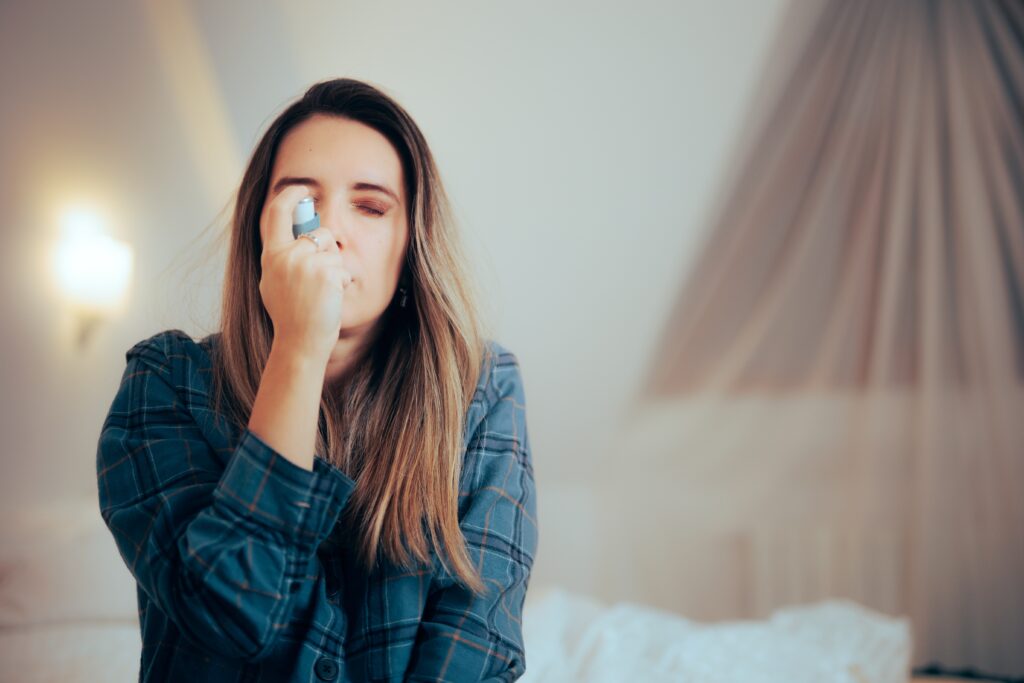
Symptoms of Mold Exposure
Understanding the symptoms of mold exposure is important because mold can affect people in different ways. When mold spores are inhaled or come into contact with skin, they may trigger reactions depending on the person’s sensitivity and the amount and type of mold.
Some common symptoms include:
- Allergic Reactions: Sneezing, runny or stuffy nose, itchy or watery eyes, and skin irritation or rash. These symptoms are similar to hay fever and can worsen in places with heavy mold growth.
- Respiratory Problems: Coughing, wheezing, throat irritation, and difficulty breathing. People with asthma may find their symptoms triggered or worsened by mold.
- Headaches and Fatigue: Some individuals report headaches, dizziness, or feeling unusually tired when exposed to mold over long periods.
- Sinus Congestion or Infections: Persistent sinus issues can be caused or worsened by mold exposure.
- More Severe Reactions: In rare cases, particularly for people with weakened immune systems or chronic lung conditions, mold exposure can lead to serious infections or lung diseases.
It’s important to remember that symptoms can vary widely. If you suspect mold exposure is causing health problems, seek medical advice. Reducing mold in the environment is key to relief.
Mold and Allergies
Mold is a common trigger for allergies worldwide. When mold spores enter the respiratory system, the immune system may recognize them as harmful invaders and react by producing allergy symptoms.
Allergic reactions to mold are one of the most frequent health problems related to indoor mold growth. Symptoms often include sneezing, congestion, coughing, itchy eyes, and skin irritation.
People who already suffer from seasonal allergies or asthma are especially vulnerable to mold allergies. Even small amounts of mold spores in the air can trigger flare-ups.
In addition to causing immediate symptoms, mold allergies can weaken the immune system over time, making individuals more prone to infections.
To reduce mold allergy symptoms:
- Keep indoor humidity below 60% to limit mold growth
- Use air purifiers with HEPA filters to reduce airborne spores
- Clean and dry any damp areas promptly
- Avoid disturbing moldy areas to prevent spores from spreading
Understanding what is mold and how it triggers allergies helps in managing symptoms effectively.
Toxic Mold and Mycotoxins
Not all molds are dangerous, but some produce toxic substances called mycotoxins. These molds are often referred to as “toxic mold,” and exposure to their spores or fragments can cause more serious health issues.
One of the most well-known toxic molds is Stachybotrys chartarum, commonly called black mold. It tends to grow on wet cellulose materials such as drywall or wood that have been exposed to moisture for a long time.
Mycotoxins can cause irritation to the eyes, skin, and respiratory system. In some cases, long-term exposure may lead to more severe symptoms, including neurological problems and immune system suppression, though research is still ongoing in this area.
Because toxic mold can be harmful, it’s important to handle suspected mold contamination carefully. Professional mold testing and remediation are often recommended if toxic mold is suspected in a home or workplace.
Remember, not all black or dark molds are toxic, but it’s best to treat any mold problem seriously and act promptly.
How to Identify Mold in Your Home
Knowing how to spot mold early is the best way to prevent it from causing damage or health problems. Since mold needs moisture to grow, the first step is to look for signs of water damage or dampness in your home.
Here are some common indicators of mold presence:
- Visible Mold Growth: This can appear as spots or patches in various colors—black, green, white, or even pink. Mold often grows in hidden or less obvious places like under sinks, behind walls, or inside air ducts.
- Musty Odor: Mold often produces a distinct, damp, and musty smell that you might notice even if you can’t see the mold itself.
- Water Damage Signs: Stains, discoloration, bubbling paint, or warped walls and ceilings may indicate moisture problems that can lead to mold.
- Health Symptoms: If you or your family members experience unexplained allergic reactions or respiratory symptoms that improve when away from the house, mold may be the cause.
If you suspect mold but cannot find it, consider hiring a professional for mold inspection and testing. They can detect hidden mold with specialized equipment.
By understanding what is mold and how it behaves, you can take steps to identify and address mold issues early, protecting your health and your home.
Mold Testing and Inspection Methods
If you suspect mold in your home or workplace, testing and inspection can help confirm its presence and identify the type. Mold testing is especially useful when mold is hidden behind walls, under floors, or in HVAC systems.
There are several common methods for mold testing:
- Air Sampling: This involves collecting air samples to measure the number and types of mold spores floating in the air. It helps detect airborne mold that might not be visible.
- Surface Sampling: Swabs or tape samples are taken from visible mold or suspected areas to identify mold species under a microscope or through lab analysis.
- Bulk Sampling: Pieces of material, such as drywall or carpet, are collected and tested for mold contamination.
- Moisture Mapping: Inspectors use moisture meters and infrared cameras to find damp areas where mold could be growing.
Professional mold inspectors often combine these methods with a thorough visual inspection and an assessment of building conditions. Testing helps determine the best course of action for removal and prevention.
While DIY mold test kits are available, they are less reliable than professional assessments. If health concerns or extensive mold is suspected, hiring certified experts is recommended.
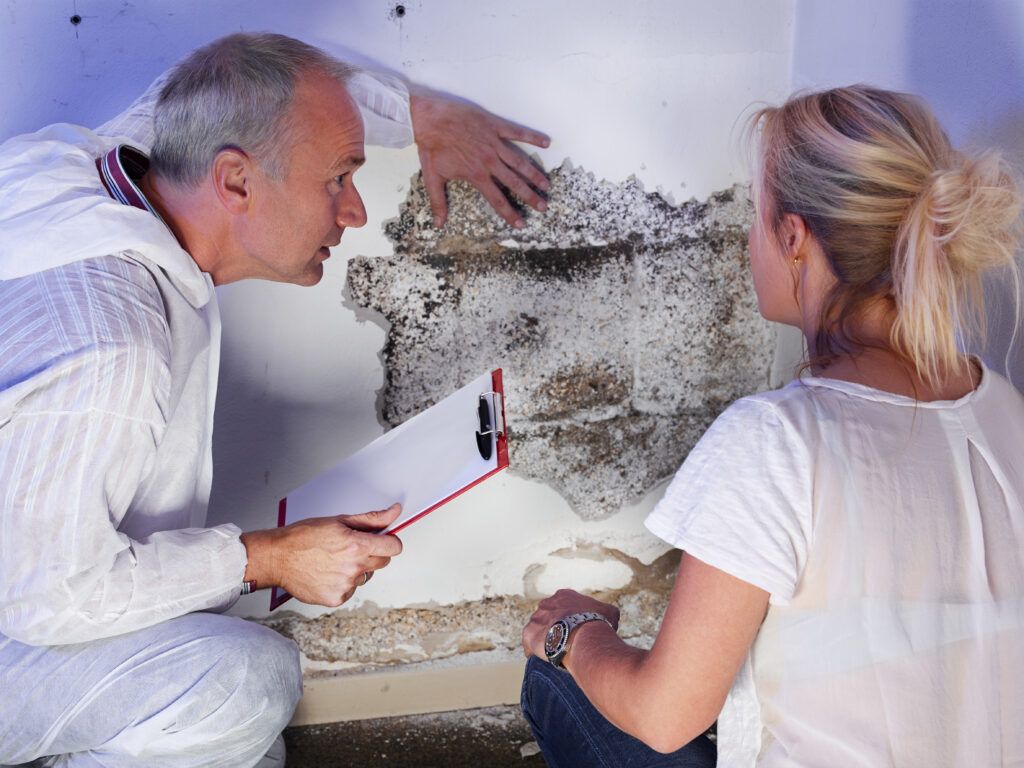
Causes of Mold Infestation
Understanding what causes mold to infest a building is key to preventing its growth. Mold requires three things: moisture, food, and suitable temperatures.
Common causes of mold infestation include:
- Water Leaks: Broken pipes, roof leaks, or faulty plumbing create hidden wet spots where mold can thrive.
- Flooding: After a flood, moisture lingers in walls, floors, and insulation, providing ideal mold conditions.
- High Humidity: Indoor humidity over 60% encourages mold growth, especially in poorly ventilated areas.
- Condensation: Cold surfaces like windows or walls can collect moisture from warm air, leading to damp spots.
- Poor Ventilation: Lack of airflow traps moisture and allows mold to grow unchecked.
- Damaged Building Materials: Wet or water-damaged drywall, carpet, and wood are prime mold food sources.
Fixing leaks promptly, using dehumidifiers, improving ventilation, and drying wet materials quickly are essential to stop mold infestation.
How to Prevent Mold Growth
Preventing mold is easier and less costly than removing it. The key is controlling moisture and keeping indoor spaces dry and clean.
Here are effective steps to prevent mold growth:
- Fix Leaks Immediately: Check plumbing, roofs, and windows regularly and repair any leaks.
- Control Humidity: Keep indoor humidity below 60% using air conditioners or dehumidifiers, especially in damp areas like basements.
- Ensure Proper Ventilation: Use exhaust fans in bathrooms and kitchens, and open windows when possible to improve airflow.
- Dry Wet Areas Quickly: After spills or flooding, dry carpets, walls, and furniture within 24 to 48 hours.
- Use Mold-Resistant Products: In areas prone to moisture, consider mold-resistant drywall or paint.
- Keep Gutters Clean: Blocked gutters cause water to seep into walls and foundations, encouraging mold.
- Monitor Indoor Plants: Overwatering houseplants can increase humidity and create mold-friendly conditions.
By maintaining a dry, well-ventilated environment and fixing moisture problems, you can keep mold from becoming an issue.
Cleaning and Removing Mold Safely
If you find mold in your home, it’s important to remove it safely to protect yourself and prevent it from spreading.
For small mold patches (less than 10 square feet), you can often clean them yourself:
- Protect Yourself: Wear gloves, a mask, and goggles to avoid inhaling spores or touching mold directly.
- Use Proper Cleaning Solutions: Soap and water or commercial mold cleaners can remove mold from hard surfaces. For porous materials like drywall or carpet, removal and replacement might be necessary.
- Avoid Bleach on Porous Surfaces: Bleach can damage materials and may not fully remove mold roots.
- Dry the Area Thoroughly: After cleaning, ensure the area is completely dry to prevent mold from returning.
- Dispose of Contaminated Materials Properly: Seal moldy materials in plastic bags before throwing them away.
For larger mold problems or mold caused by sewage or toxic molds, it’s best to hire professional remediation services. Professionals have the equipment and training to remove mold safely and thoroughly.
Remember, cleaning mold doesn’t solve the underlying moisture problem, so fix leaks and control humidity to prevent regrowth.
When to Call a Professional Mold Remediation Service
While small patches of mold can often be handled by homeowners, there are many situations when it’s best to call in professionals. Mold remediation specialists have the expertise, tools, and protective equipment needed to safely and effectively remove mold, especially in complex or large infestations.
You should consider professional help if:
- The Mold Covers More Than 10 Square Feet: Large areas require specialized equipment and containment to prevent spores from spreading.
- The Mold Is Caused by Contaminated Water: Floodwater or sewage water can contain bacteria and toxins that make cleanup hazardous.
- You Suspect Toxic Mold: Black mold or other potentially toxic species need expert handling to avoid health risks.
- Mold Is Found in Hard-to-Reach Places: HVAC systems, inside walls, or under floors often require professional inspection and removal.
- Health Symptoms Are Severe: If you or family members experience strong allergic reactions, respiratory issues, or other health problems linked to mold, professionals can help identify and address the source.
- Previous DIY Attempts Failed: If mold keeps returning despite cleaning efforts, professional assessment can find hidden causes.
Professional remediation includes mold testing, containment, removal, and treatment of surfaces. They also address moisture problems to prevent future mold growth.
Mold in Different Environments (Residential, Commercial, Marine)
Mold can affect many different types of buildings and environments, and the challenges of managing mold vary depending on the setting.
- Residential Mold: Homes are common places for mold growth due to leaks, humidity, and daily activities. Kitchens, bathrooms, basements, and attics are typical hotspots. Mold can damage belongings and impact residents’ health, especially children and elderly people.
- Commercial Mold: Offices, stores, warehouses, and other commercial spaces may face mold issues due to poor maintenance, HVAC systems, or water damage. Mold can affect employees’ health and damage inventory, making prevention and quick remediation critical.
- Marine Mold: Boats and ships often struggle with mold because of constant exposure to water and humidity. Poor ventilation in cabins and storage areas creates ideal conditions for mold, which can damage upholstery, equipment, and pose health risks to crew and passengers.
Each environment requires tailored mold prevention and cleanup strategies. For example, marine settings often need dehumidifiers and frequent inspections, while commercial buildings focus on HVAC maintenance and moisture control.
Impact of Mold on Property and Belongings
Mold doesn’t just affect air quality or health, it can cause serious damage to property and personal belongings.
- Structural Damage: Mold breaks down organic materials like wood and drywall, weakening walls, floors, and ceilings. Over time, this can compromise a building’s integrity and lead to costly repairs.
- Damage to Furniture and Fabrics: Upholstery, carpets, curtains, and clothing can become moldy, stained, or develop odors. Some materials may be impossible to fully clean and require replacement.
- Damage to Paper and Books: Mold can ruin books, photographs, documents, and artwork by staining and causing decay.
- Electronic Equipment Risks: While mold doesn’t grow on electronics, it can damage surrounding materials and create conditions that lead to corrosion or malfunction.
- Unpleasant Odors: Mold often produces a musty smell that lingers and is hard to remove, impacting comfort and property value.
Addressing mold quickly is important to limit damage. Preventative maintenance, humidity control, and immediate cleanup after water damage help protect property.
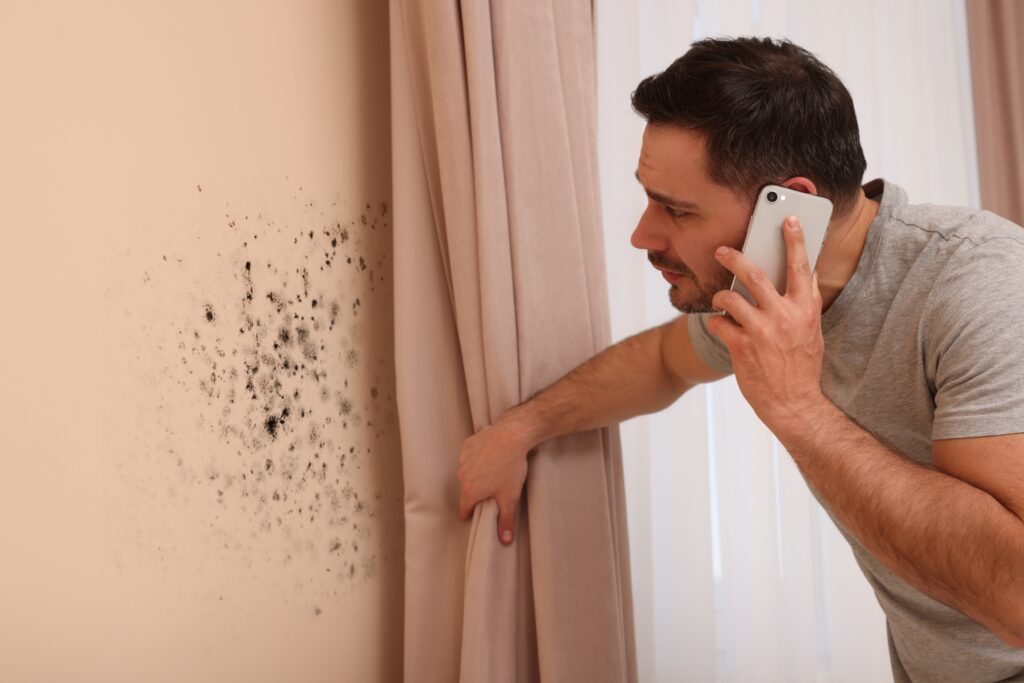
Mold and Indoor Air Quality
Mold spores released into the air can significantly impact indoor air quality, affecting the comfort and health of building occupants.
Poor indoor air quality caused by mold includes:
- Increased Allergens: Mold spores are common allergens that can trigger sneezing, coughing, and itchy eyes.
- Irritants: Some molds release compounds that irritate the nose, throat, and lungs even in people without allergies.
- Potential Toxins: Certain molds produce mycotoxins, which may cause more serious health effects, although exposure levels and impacts vary.
- Odors: Musty smells from mold growth can make indoor environments unpleasant.
Maintaining good air quality involves regular cleaning, moisture control, and proper ventilation. HVAC systems should be inspected and cleaned to reduce mold spores circulating through the air.
Improving indoor air quality by managing mold not only benefits health but also enhances comfort and productivity.
Legal and Insurance Considerations Regarding Mold
Mold damage can sometimes lead to complicated legal and insurance issues. Homeowners, landlords, and businesses need to understand their rights and responsibilities related to mold.
- Homeowners and Renters: If mold appears due to water damage or poor maintenance, the party responsible for upkeep may be liable for repairs and health claims. Renters should notify landlords immediately if they suspect mold to ensure proper remediation.
- Landlord Responsibilities: In many regions, landlords are legally required to maintain safe and habitable properties, including addressing mold problems. Failure to act can result in legal action.
- Insurance Coverage: Standard homeowner’s insurance policies often cover mold damage only if it results from a covered peril like a burst pipe or storm. Mold caused by neglect, poor maintenance, or high humidity is usually excluded.
- Mold Claims: When mold causes significant property damage or health issues, affected parties may file insurance claims or lawsuits. Documentation and professional mold assessments are critical in these cases.
- Disclosure Requirements: Selling a home with a known mold problem often requires disclosure to buyers, which can affect property value.
Because mold-related claims can be complex, consulting legal and insurance professionals familiar with local laws is advisable.
FAQs About What Is Mold
Here are answers to some frequently asked questions about mold that can help clarify common concerns:
Can mold grow on food, and is it safe to eat moldy food?
Yes, mold can grow on many types of food like bread, cheese, and fruit. Eating moldy food is generally unsafe because some molds produce toxins that can cause illness. It’s best to discard moldy food unless it’s a type of cheese specifically made with mold.
How does mold affect pets?
Pets can be affected by mold similarly to humans. Exposure to mold spores may cause allergic reactions, respiratory problems, or skin irritation in dogs, cats, and other animals. If your pet shows symptoms like coughing, sneezing, or itching, consult a veterinarian.
Can I prevent mold by using air purifiers alone?
Air purifiers can help reduce airborne mold spores but cannot prevent mold growth on surfaces. Controlling moisture and humidity is essential for effective mold prevention.
Does mold smell always mean there is visible mold?
Not necessarily. Mold can grow hidden behind walls, under floors, or inside HVAC systems, producing a musty smell even if you cannot see it. If you notice a persistent moldy odor, it’s important to investigate further.
How can I tell the difference between mold and mildew?
Mildew is a type of mold that usually appears flat and powdery, often white or gray. Mold tends to be fuzzy or slimy and can come in various colors. Mildew typically grows on flat, damp surfaces, while mold can grow on many materials.
Is black mold more dangerous than other molds?
Black mold (Stachybotrys chartarum) is often considered more harmful because it can produce mycotoxins. However, many other molds can also cause health problems. It’s best to treat all mold growth seriously regardless of color.
Can mold cause long-term health problems?
Prolonged exposure to mold, especially toxic varieties, may contribute to chronic respiratory issues, asthma development, or immune system problems. Individuals with allergies or weakened immune systems are at higher risk.
What household products can kill mold effectively?
Common household cleaners like vinegar, baking soda, hydrogen peroxide, and commercial mold removers can kill mold on hard surfaces. Bleach can be used cautiously but is not recommended on porous materials.
Can mold grow in cold environments?
Yes, some molds can grow in cooler temperatures, even below 60°F (15°C). However, mold generally grows faster in warmer, moist conditions.
How often should I have a professional mold inspection?
If you live in a humid area, have had recent water damage, or experience unexplained health symptoms, an annual or biannual inspection is recommended. Otherwise, inspect your home regularly and test when you suspect mold.
Key Takeaways About Mold
Understanding what is mold and how it behaves is crucial for keeping homes and workplaces safe. Mold is a natural fungus that thrives in moisture and can cause health issues and property damage if left unchecked.
The key to managing mold includes:
- Controlling moisture through fixing leaks and using dehumidifiers
- Maintaining good ventilation and airflow
- Identifying mold early through visual inspection and awareness of odors
- Cleaning small mold patches safely and calling professionals for large infestations
- Knowing when to seek help for health symptoms related to mold exposure
By staying informed and proactive, you can prevent mold from becoming a serious problem and protect your environment and health.

